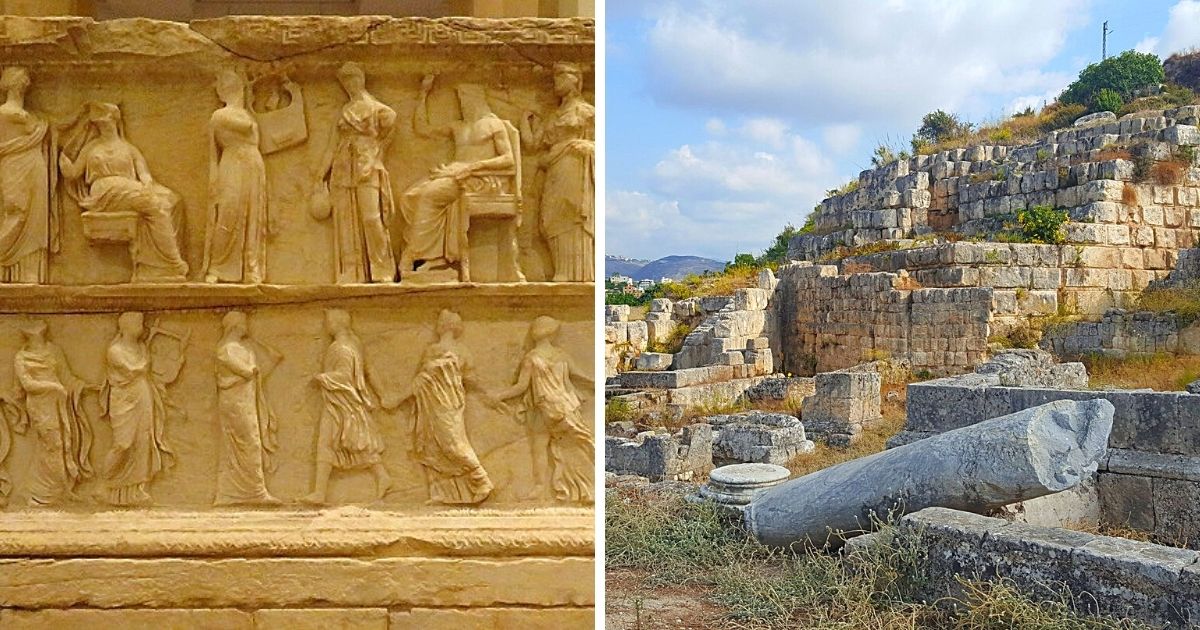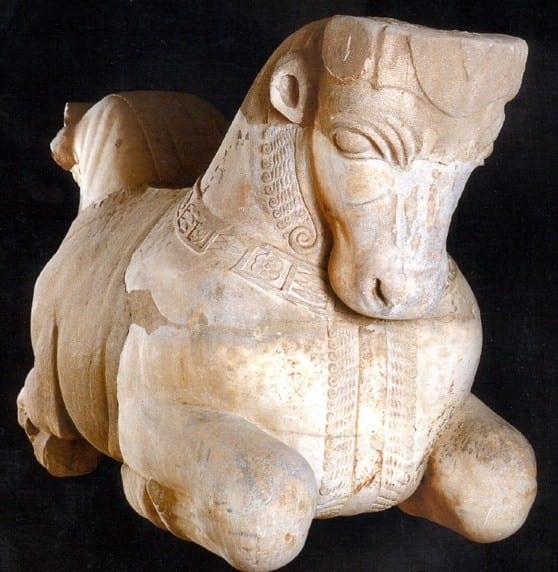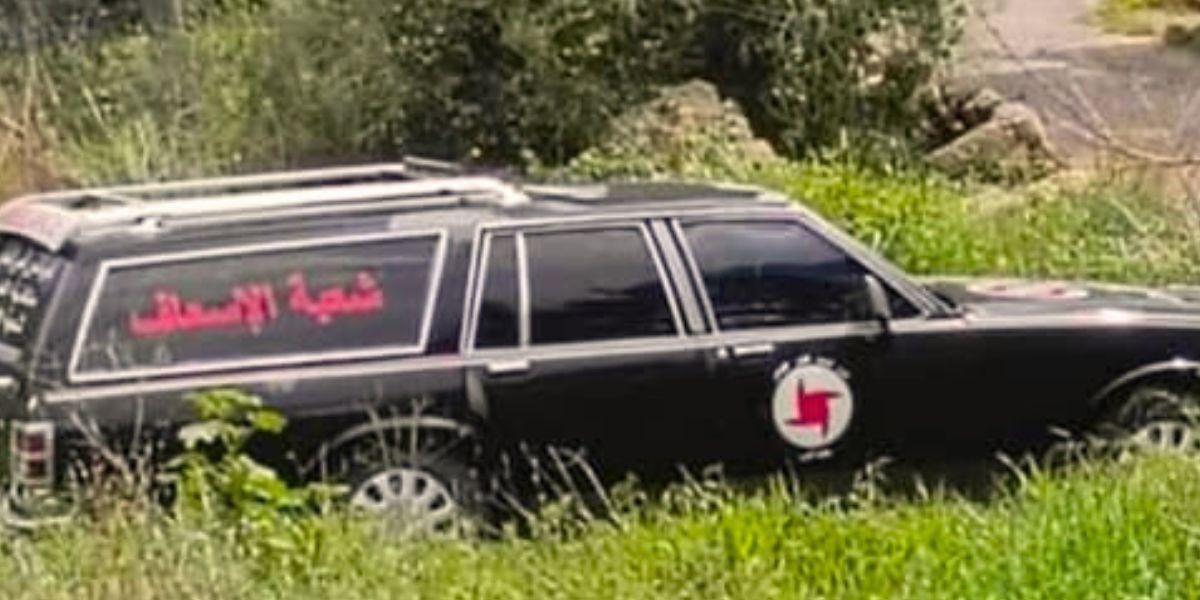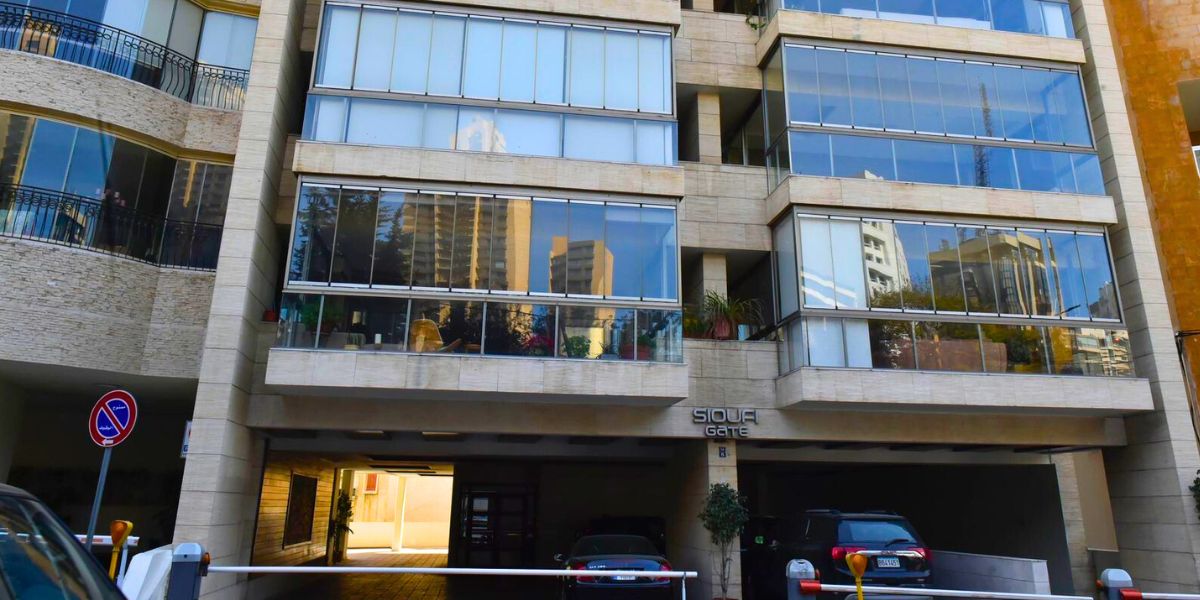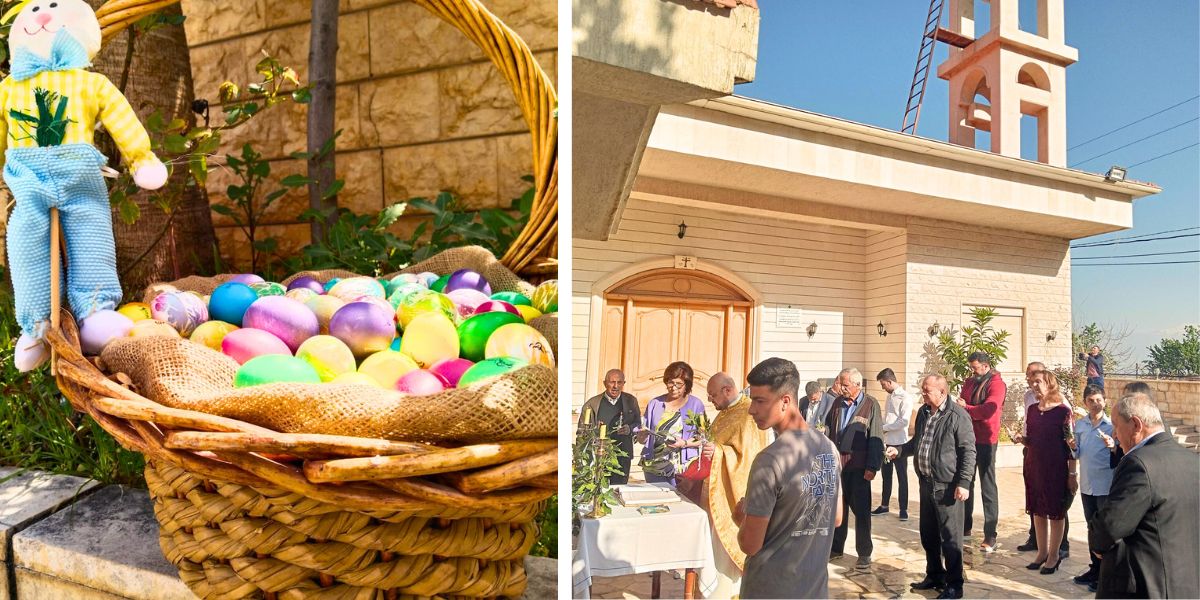Lebanon was the home of Phoenicia, one of the most ancient civilizations in the world. The Phoenicians traded in wine, cedar woods, glass, and Tyrian purple.
11 Phoenician cities and towns in Lebanon have been continuously inhabited ever since!
Lebanon is full of Phoenician ruins! One of the most important sites in Lebanon is the Temple of Eshmun, which is located in Sidon.
Built in the 7th century BC, this temple was dedicated to Eshmun, the Phoenician god of healing and renewal of life.
Historical background
The Sidonian king Eshmunazar II constructed the temple to celebrate the city’s recovered wealth. He also built numerous temples to Sidonian divinities.
The Eshmun sanctuary was damaged by an earthquake in the 4th century BC. It fell into oblivion as Christianity replaced paganism and Phoenicia became under Roman rule.
During that time, there was a persecution of those deemed pagans in the late Roman Empire.
The Romans modified the temple: They added a colonnade, a stairway, a basin for ablutions, and a monument consecrated to the nymphs.
Another earthquake hit the region. The temple was mostly destroyed and was used as a quarry by Emir Fakhr Al-Din II, who used its massive blocks to build a bridge over the Awali river in the 17th century.
The rediscovery of the Temple of Eshmun
In 1900, local treasure hunters discovered inscriptions carved onto the temple’s walls. The curator of the Museum of Constantinople Theodore Macridy got interested in the discovery and cleared the remains between 1901 and 1903.
Finally, the prominent French archaeologist Maurice Dunand conducted an excavation that revealed the remains of the Temple of Eshmun.
The site was neglected during the Lebanese Civil War. However, it is now a site that holds great historical, archaeological, and cultural significance. People can visit the temple free of charge.
The Temple of Eshmun was added to the Tentative List of the UNESCO World Heritage in 1996.
Stolen antiquities from the Temple of Eshmun repatriated to Lebanon
Five antiquities, a bull’s head, and four marble torsos were excavated from the Temple of Eshmun in 1967 in Sidon and stolen later in summer 1981.
The 2,400-year-old sculpture of a bull’s head belonged to William and Lynda Beierwaltes. They bought it for over $1 million in 1996 before selling it to the collector Michael H. Steinhardt in 2015.
In 2017, New York’s Metropolitan Museum of Art returned the sculpture, which was on loan after it was suspected that it might be stolen.
Two of the four torsos were then seized by a new antiquities trafficking unite in Manhattan.
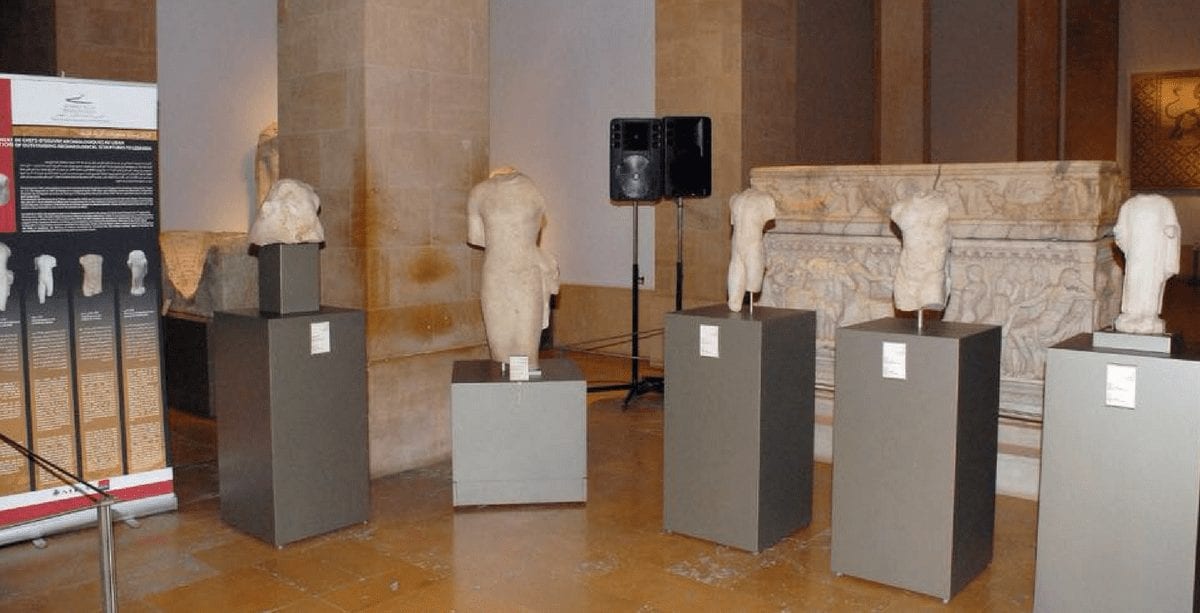
“Torso of a Male” was returned to Lebanon by the gallery of Berlin. The fourth statue was about to be smuggled out of Lebanon through the port in Tripoli.
All these antiquities are now displayed at the National Museum of Beirut.
Project to restore the mosaics of the Temple of Eshmun
The Ministry of Culture announced that a project would rehabilitate the mosaics of the Temple of Eshmun, according to a source.
The temple was used from the 7th century BC until the 5th century BC by the Phoenician, Roman, Persian, and Byzantian civilizations.
The project is funded by the U.S.-based Ambassadors Fund for Cultural Preservation.
